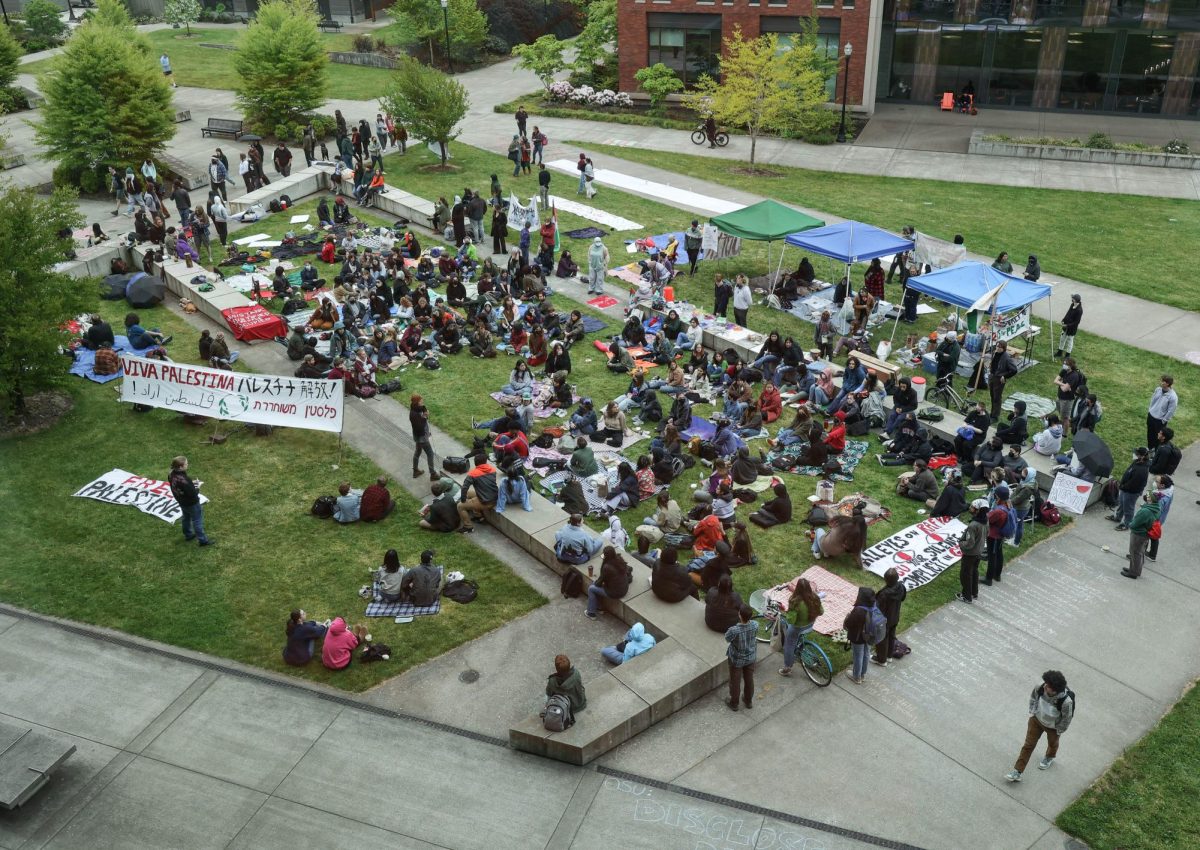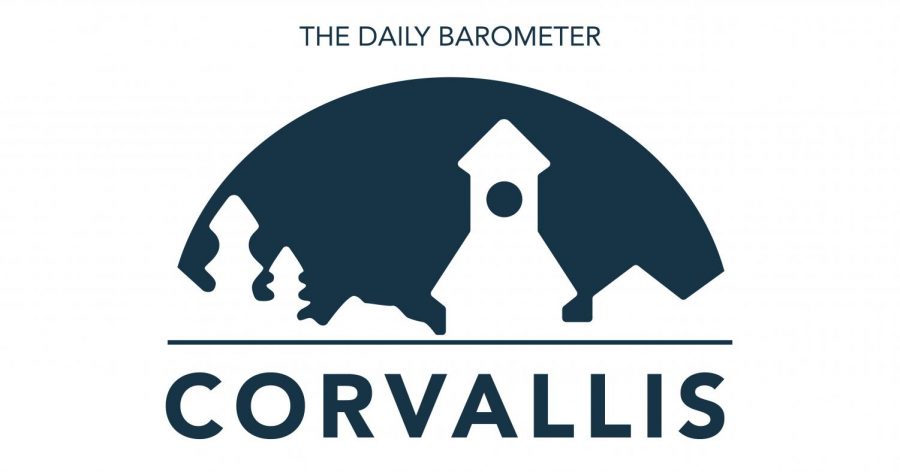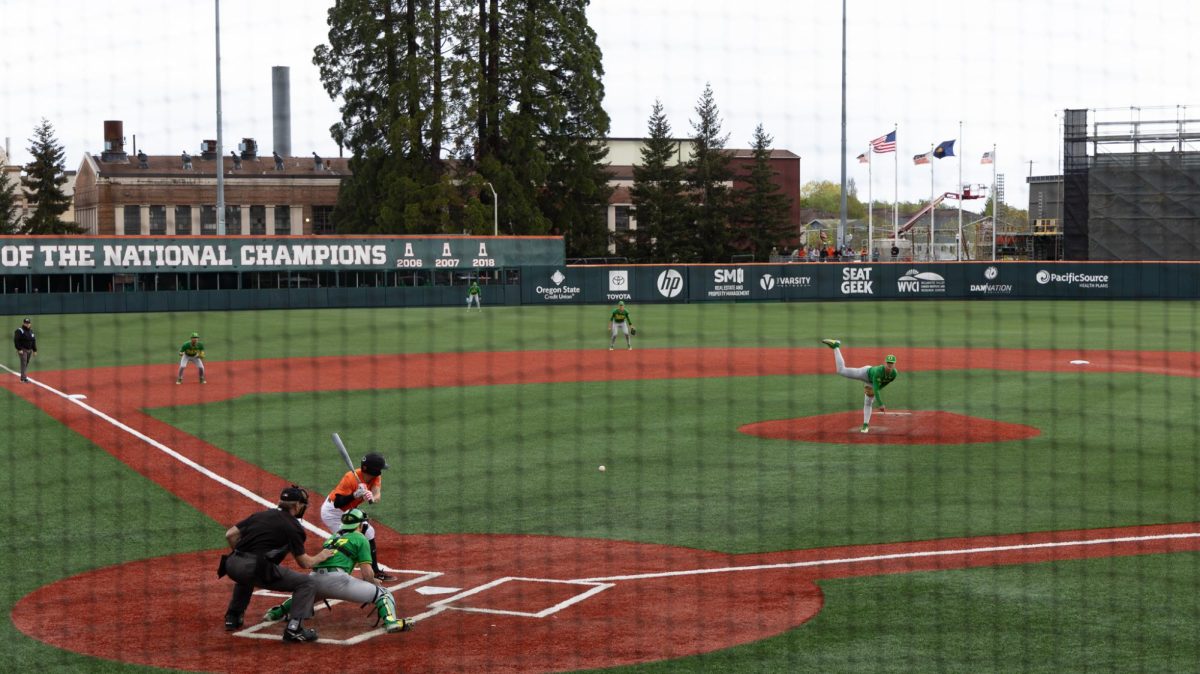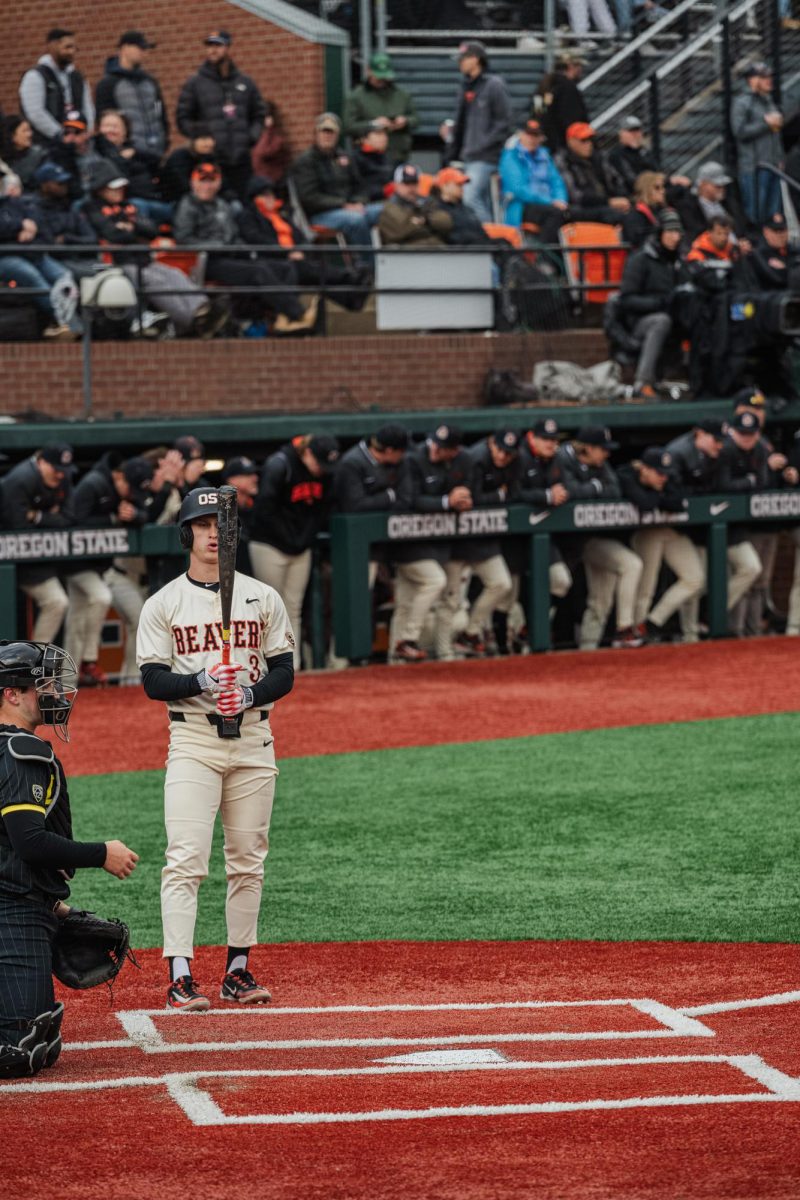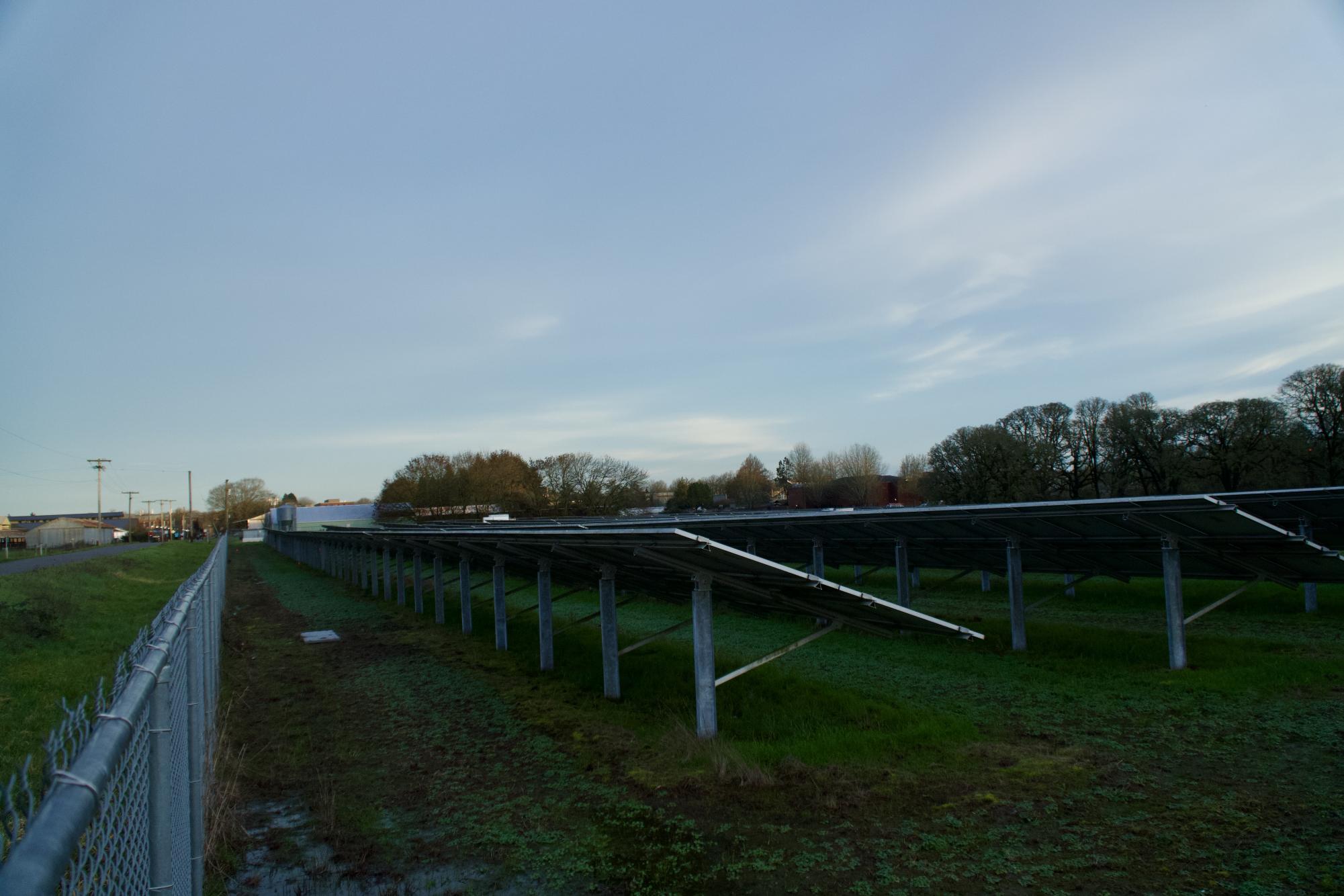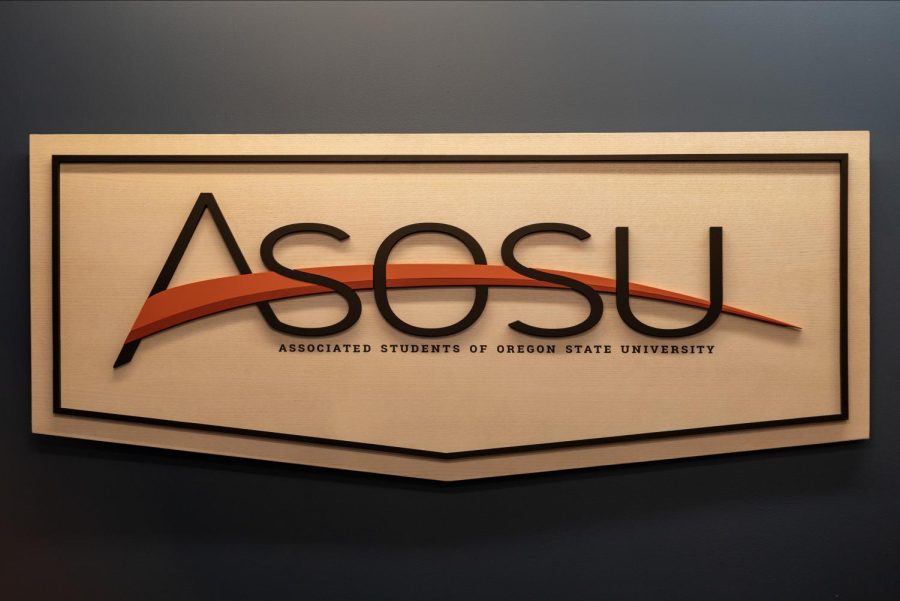Land, sea, space and sun grant carry their own history but, without one, the others and Oregon State University as a whole may not have existed at all.
OSU is one of only three universities in the nation to hold all four research grants, one of only two prior to 2008 when University of Hawaii Manoa joined Penn State and OSU. These positions the university to acquire funding from these grants and other competitive sources – totaling to $480 million in 2023 alone.
In marine sciences for example, Associate Professor in Integrative Biology and Associate Director for Pacific Marine Energy Center, Sarah Henkel said she is always seeing reports and headlines naming OSU as an institution with some of the biggest grant funding numbers in the country.
“We do have a lot of opportunities, compared to other universities, for students to get involved in actual scientific research, going out in the field or going out on boats,” Henkel said. “Because of OSU’s research excellence and getting grants from (national funding sources) there’s just a lot of opportunities for graduate students and undergraduates to get hands-on research experiences.”
Henkle credits the strong research base and numerous opportunities to the Sea Grant and other funding that has followed, noting that without the funding the research would not exist.
According to Larry Landis, retired director of OSU’s Special Collections and Archives Research Center, the funding and opportunity story of OSU as a whole is similar to that of the sea grant. However, OSU would likely not be in the position it is today – funding wise or merely existing – if it were not for the first grant designation, the land grant.
OSU’s land grant status was given before the university even had the name we know today and built at the cost of tribal communities across the state and nation.
OSU, at the time known as Corvallis College, was a small, private university until 1868 when the state legislature designated it as the state’s land grant institution as a part of the Morrill Act.
According to Larry Landis, retired director of OSU’s Special Collections and Archives Research Center, the state was running out of time to designate an institution with the land grant under the Morrill Act and as a result chose Corvallis College.
The 1862 Morrill Act provided funding for institutions to focus on research in fields of agriculture, medical arts, military training and more. Included in this act though, was the allotment of 90,000 acres of land to be sold and fund the institution.
This land was taken or bought for a small fraction of the selling price from tribal communities. The act took land from Klamath, Coos, Lower Umpqua, Siuslaw and Coquille people as a part for the endowment for Oregon specifically, although nearly 11 million acres of land across the country were taken from numerous tribal nations and communities.
According to David Lewis, OSU assistant professor of anthropology and Indigenous studies, tribal communities were given no choice to sell or move and get what they could out of it and had to “find a way to survive on a reservation that was offered.”
As Corvallis College sold off land, faced less financial struggles and grew as a result, Indigenous communities continued to be left out of conversations surrounding land usage or research.
Lewis said these agricultural practices like ranching and forestry were not originally a tribal practice. Rather, they were another example of something the government forced communities to adapt to.
In 1887 the Hatch Act changed the course of the now named Oregon Agricultural college. The act required land grant institutions to establish agricultural experiment stations to conduct and disseminate research. This act set the foundation for what we know today as the OSU Extension Service.
In 1914 another act – the Federal Smith Lever Act – built on the Hatch Act formalizing extension services. According to Landis these extension services were the first of the college to formally make relationships with tribal communities regarding any work done using the land grant resources.
“Oregon State College in the 1950s actually established an extension office on the Warm Springs Reservation in central Oregon,” Landis said. “That’s probably the real formal beginning of any kind of partnership as a result of our land grant status, with tribal communities.”
Although Lewis said he is unsure of the terms that extension’s presence in Warm Springs was developed, the connection between extension and tribal ecological knowledge has been non-existent.
“I’ve talked to extension folks about doing tribal ecological knowledge training like they do the master gardener training … but it’s hard to get set up unless we get a lot of people taking the class,” Lewis said.
Today though, Lewis is somewhat hopeful for more of a relationship in the future between tribal knowledge and research work as extension created a position for Native and tribal programs in January of 2024.
With acknowledging the foundation of the land used for the land grant, Landis notes that on the government and university side the outward facing goals of the grant was to deliver successful research, outreach and education. All components that were similarly incorporated as key components of the sea, space and sun grants that followed.
“Without the land grant status, we would probably not be a leader in the other three or even have been designated,” Landis said.
Flash forward nearly 103 years later to 1971 when the Oregon Sea Grant was given and run by the National Oceanic and Atmospheric Administration.
Similar to the land grant, the sea grant is a federal university partnership that nationally began in 1966. The grant’s focus is to maintain healthy coastal environments and economy according to the NOAA sea grant website.
Landis thinks part of the reason OSU was chosen as one of the first schools to be a part of the partnership was because of the already established oceanography program.
“I think it’s the same with the space grant,” Landis said. “There have been a number of other colleges and universities that have joined that consortium over the years, but OSU is the lead institution.”
According to Lewis, some of the marine research and work done today has started to open up input from the tribal communities, but it’s been slow.
“There is the traditional practice using traditional western science and there is yet to be kind of an equal respect for Native knowledge and Native ways of doing things,” Lewis said. “I can see things opening up, it’s just happening very slowly.”
Roughly 20 years after the sea grant, the space grant was created by NASA in 1988 in hopes to support science and engineering education and outreach. In 1991, OSU was designated as the Oregon Space Grant Consortium and has since focused heavily on two of the three key components, education and outreach.
Where the sea and space grants developed out of an interest from national organizations separate from the government, the sun grant was developed a little differently. As an extension of the land grant, the sun grant established regional centers to lead in the areas of sustainable and renewable energy.
In 2003 OSU became the western regional sun grant center, a region that includes Oregon, Washington, Idaho, California, Arizona, Nevada and Utah.
As to why OSU was given this designation and the three others before it, Landis credits it to the work already being done at the university before the grants came into the picture.



